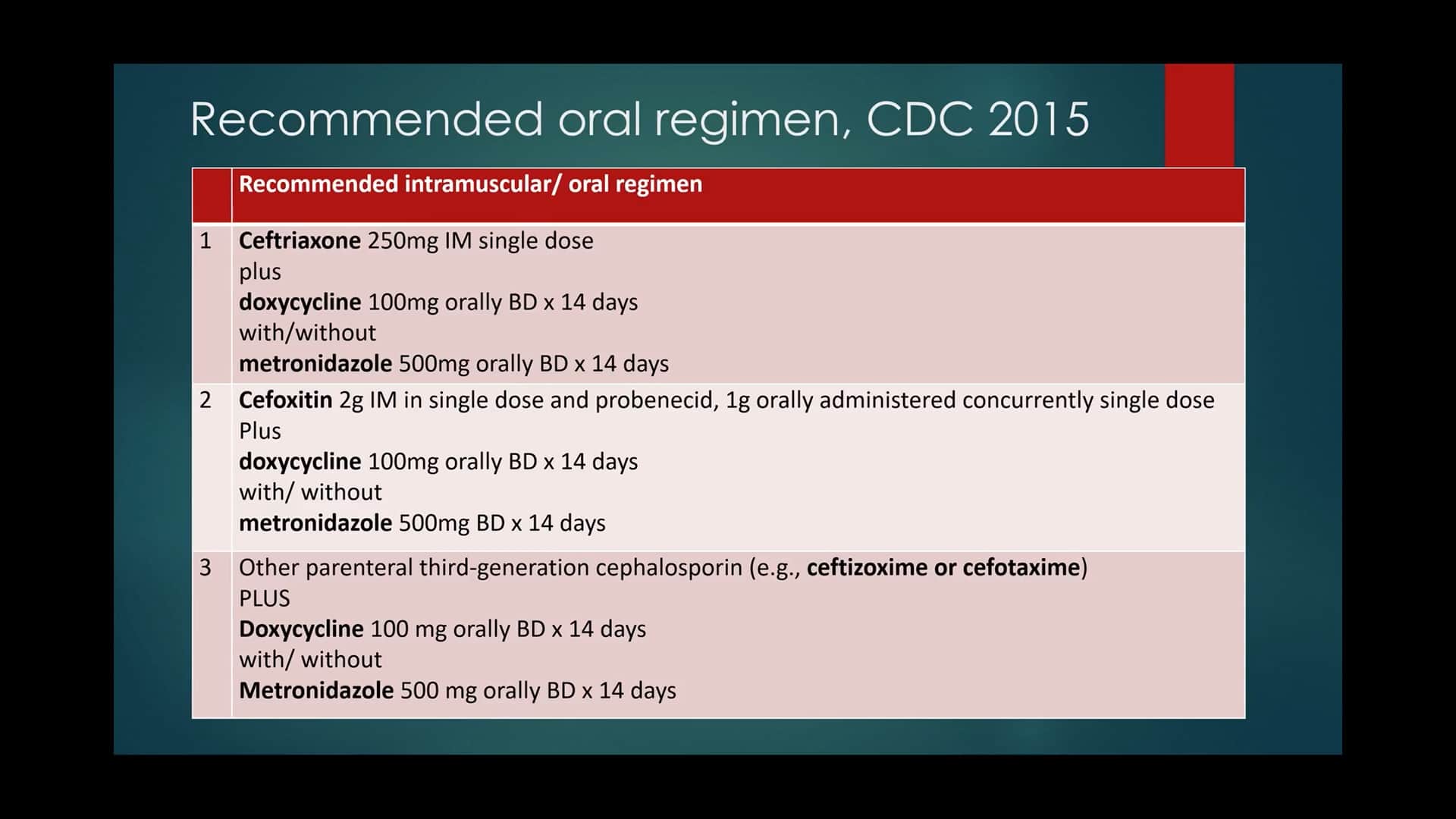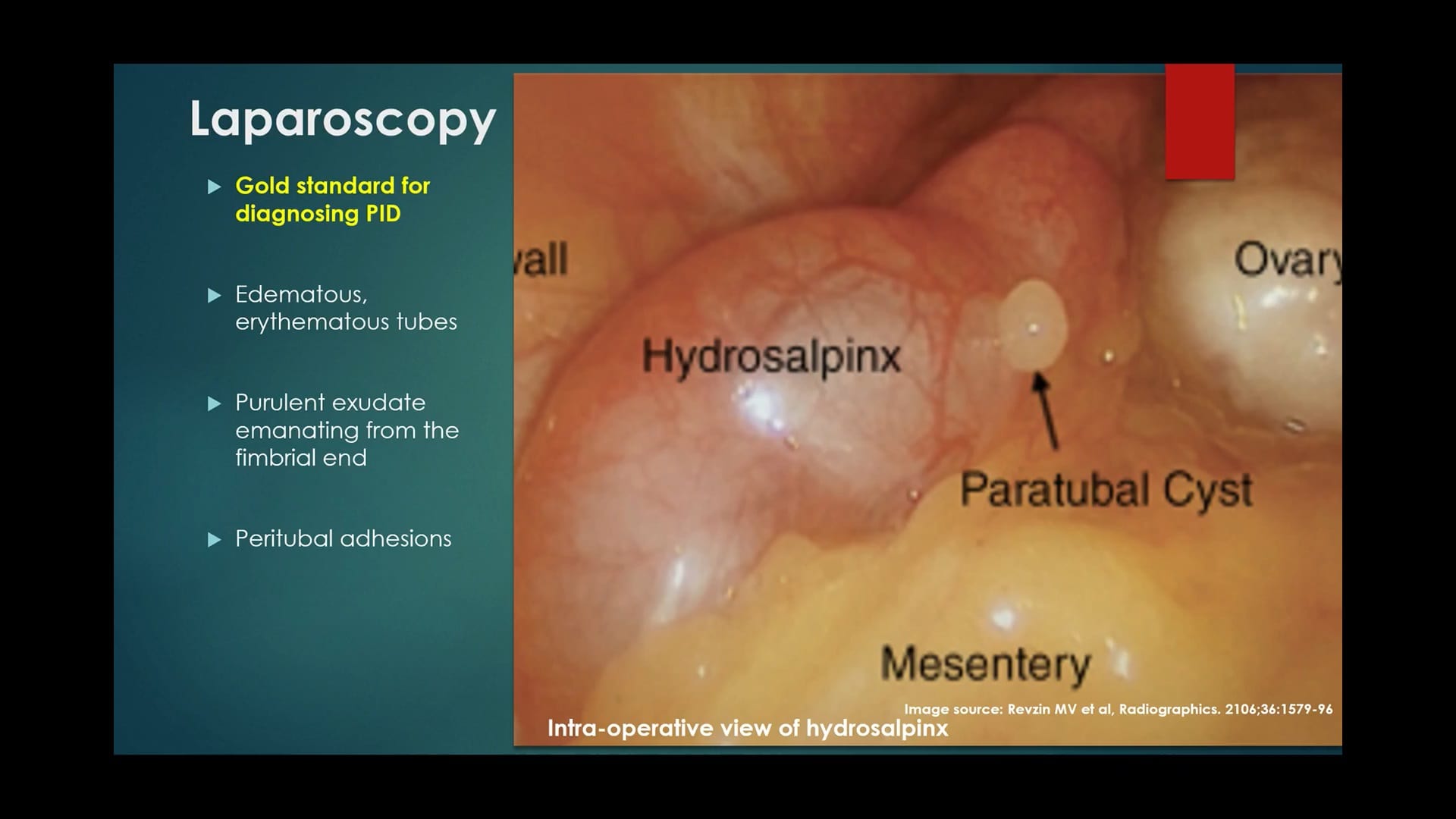
The answer is Pelvic inflammatory disease or PID is a resultant infection of Gonorrhea or Chlamydia, mainly when left untreated. Bacterials causing PID conditions in women are
- Neisseria Gonorrhea
- Chlamydia Trachomatis.
How STDs causes PID or Pelvic inflammatory diseases?
PID is related to a woman’s pelvic organs or her pelvis that’s kind of the area from a woman’s belly button down to her vagina. So that would include her organs such as her ovaries, fallopian tubes and her uterus (womb). So, basically if a women has say chlamydia and it’s untreated as the disease is asymptomatic in most cases and a long time passes, maybe, 5 to 10 years. The chlamydia infection can cause scarring around that area, it can cause a lot of pus and bacteria to build up. This can also lead to more scarring and all of the organs they don’t they stopped working as well as they should.
In the long run, besides scarring and infection, PID can lead to loss of fertility and or Ectopic Pregnancy.
- PID can be severe and are common infertility in 10 to 20% of cases.
- Chances of Ectopic pregnancy in 6 to 10%
- Chronic pelvic pain can be observed in 15 to 20 percent
- 25 percent of PID patients will have at least one of these sequelae
A recent study shows that it takes 228 days until half of the expected PID cases are observed and for the progression at the end it takes 253 days.
Symptoms of Pelvic Inflammatory Disease (PID) our pelvic inflammatory?
A typical symptom of a PID would be pain in left or right or both lower abdominal quadrant.
The uterus fallopian tubes and ovaries that bacteria ascend from the cervix up through the endometrium and into the fallopian tubes this leads to an inflammatory process which will create swollen mucosal and serosal surfaces of the fallopian tubes.
In simple words it is inflammation from the cervix to the endometrium and involving the fallopian tubes and the contiguous pelvic structures.
A million women in the United States each year present with pelvic inflammatory disease (PID) and about 40% of women who develop endocervicitis and get no treatment.
Other symptoms of Pelvic Inflammatory disease (PID)
- Mild fever
- Abnormal vaginal discharge with foul smell
- Pain during sex
- Fatigueness
- Irregular bleeding.
- Pain while urinating
Women at risk of PID due to sexual reasons or STD
Group of women at the risk of developing PID due to sexual or STD are as follows
- Teenaged women,they are three times more likely to get PID then women at the age of 25 to 29 years.
- Women with Multiple sexual partners
- Women with New Sexual partner within previous 30 days
- Frequent sexual intercourse with single partner
Can you have PID without STD?
Group of women at the risk of developing PID due to Non – sexual causes are as follows
- Women with Bacterial vaginosis are more prone to developing PID
- Women with Intrauterine devices, may be due to surgery or other reasons can have PID.
- Women who douche a lot may also have a greater chance of developing PID
- Process is common in menses
- Smoking is the common trait almost in every case in women with PID
Causes of PID other than STD
Wide variety of microorganisms or anaerobic bacterial also isolated from genital tract of women with acute symptomatic PID are..
- Anaerobes
- Aerobic gram-negative rods
- Streptococci
- Mycoplasmas
Treatment of Pelvic Inflammatory diseases
Oral regimens for mild to moderate disease in outpatient basis
- Gonorrhoeae and C. Trachomatis to be targeted
Also, to consider anaerobes, enteric gram negative rods in special situations
Recommended Oral regimen of Antibiotics by CDC is as follows.
If you see antibiotics, they are targeted to the respective STDs for example : Ceftriaxone, ceftizoxime or cefotaxime are used in the treatment of Gonorrhea.
Doxycycline is used to treat Chlamydia and Metronidazole for anaerobes cover
Diagnosis/Test of Pelvic Inflammatory Disease (PID)
Positive predictive value of the test is between 65%. Now, compare that with the gold standard of 90% of that of the laparoscopy.
Many episodes go undiagnosed because the women have the PID but they don’t have symptoms or their symptoms are rather mild. The diagnosis may be very very subtle.
A pelvic examination is also done and the classic finding of PID case would have the cervical motion tenderness.
Transvaginal Ultrasound/ Pelvic CT scan/ Pelvic MRI are also part of Imaging and Invasive test.
Also, a full sexual health screening is recommended, you can find an STD testing clinic near you with CLIA Certified lab facility and a network of over +4500 labs. Moreover, they are offering a $10 Discount coupon.
”
References
- How long does it take for pid to develop: https://bmcinfectdis.biomedcentral.com/articles/10.1186/1471-2334-12-187
- CDC 2015 PID Oral regimen guideline: https://www.cdc.gov/std/tg2015/pid.htm




